Table of Contents
● Introduction
● The expanding playing card market
● Technology & design innovations in modern playing cards
● Best-selling models shaping consumer trends
● Conclusion
Introduction
The playing card market is thriving, fueled by a blend of timeless appeal and modern innovations that cater to both traditional gamers and digital enthusiasts. Advances in design, technology, and materials have broadened the market, making cards popular not only for gaming but also for collecting and entertainment. As new trends emerge, playing cards continue to captivate audiences worldwide, bridging classic games with contemporary experiences.
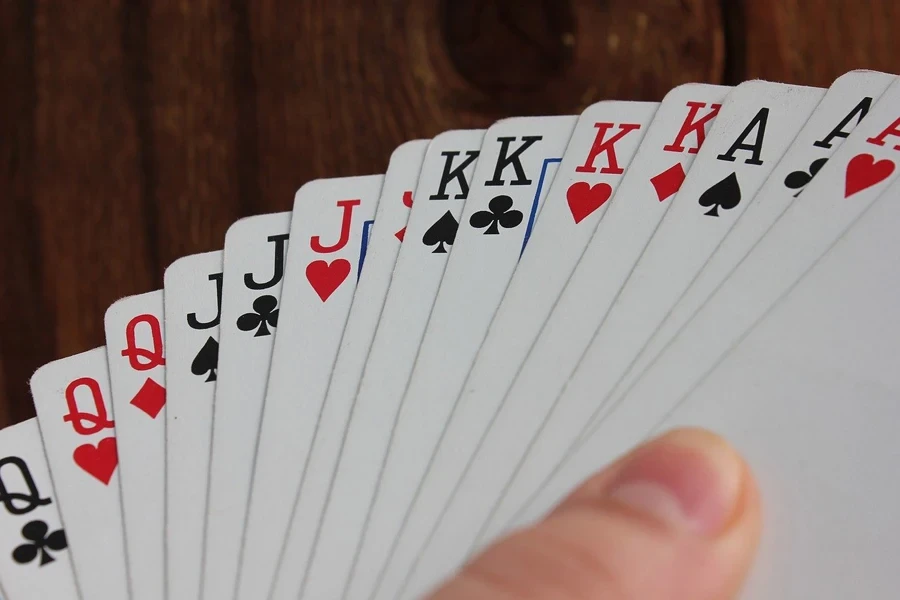
The expanding playing card market
The global playing card market, currently valued at $5.9 billion in 2023, is expected to grow at a compound annual growth rate (CAGR) of 3% through 2030, driven by rising demand for both traditional card decks and digital formats, according to Cognitive Market Research. North America leads with a revenue of $2.24 billion, propelled by strong interest in classic card games, followed by Europe at $1.77 billion. Asia-Pacific, valued at $1 billion, shows the fastest growth due to expanding live casino markets and the popularity of social gaming cafes, especially in China.
The global playing card market’s growth is further accelerated by rising demand for high-quality and customizable decks, with collectible-themed cards experiencing heightened popularity among collectors and gaming enthusiasts. According to Cognitive Market Research, revenue from digital card platforms and online gaming is expanding rapidly, with a notable impact on the overall market value. Additionally, innovations like card-based NFTs, projected to contribute significantly to market expansion, appeal to a tech-savvy audience and are predicted to account for an increase of nearly 10% in digital card game engagement by 2030.
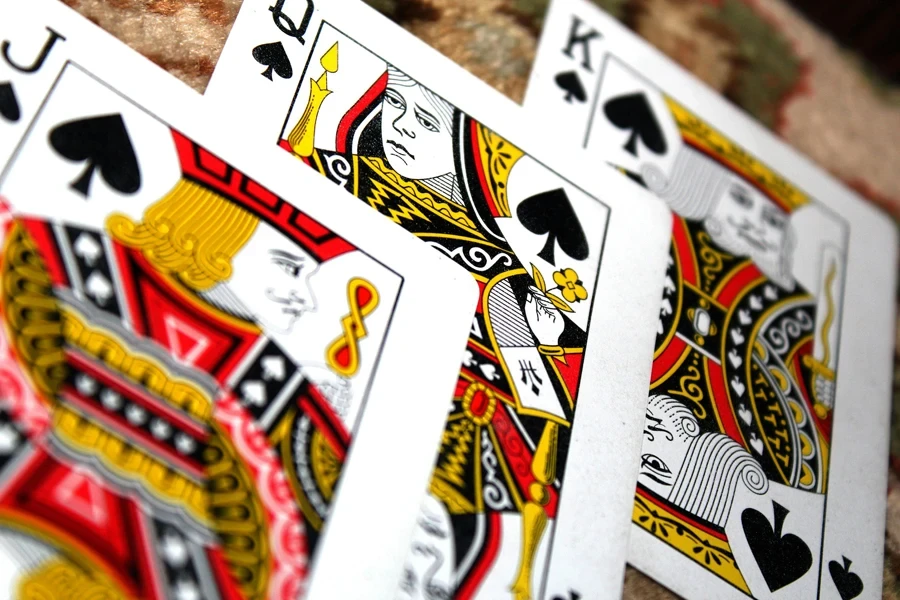
Technology & design innovations in modern playing cards
Recent innovations in playing card technology and design have elevated both functionality and aesthetics, addressing the needs of modern gamers, collectors, and casual players. Enhanced materials, such as polymer blends and reinforced pasteboard, improve durability, shuffling ease, and water resistance, making these decks ideal for high-frequency use and diverse environments. Anti-slip textures, protective coatings, and thicker card stocks further reinforce card longevity, providing products that can withstand wear and tear while maintaining their quality over time.
Augmented reality (AR) and virtual reality (VR) technologies are redefining the card gaming experience, especially in virtual poker games, online collectible card games, and digital card simulations. VR-enabled card platforms offer realistic environments, allowing users to play virtually while engaging in lifelike gameplay from any location. For example, users can participate in virtual poker rooms or social VR games, where avatars and VR graphics make for an interactive experience that combines digital technology with traditional card game structures.
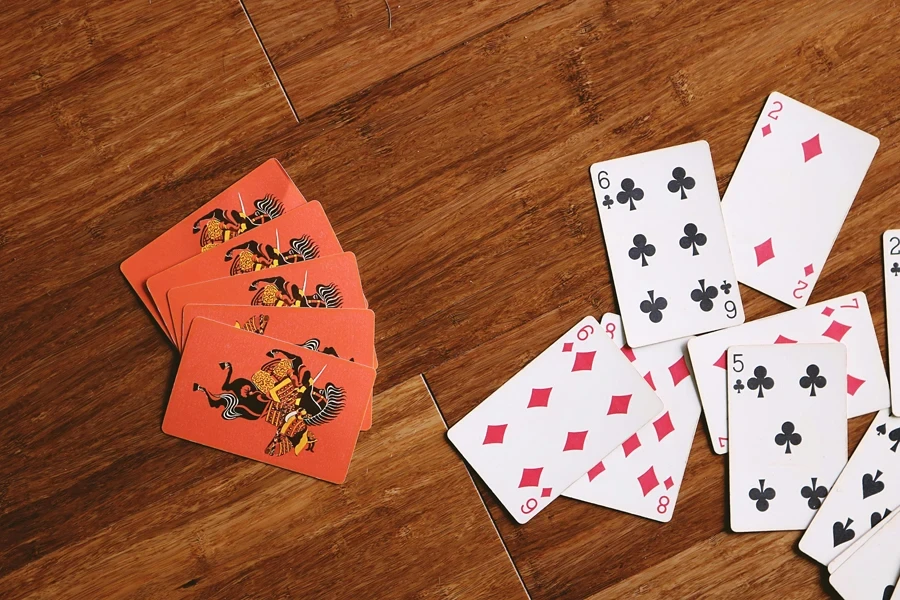
Personalization has also become a driving force in card design, with brands offering specialty decks that include custom themes, limited-edition designs, and unique artwork. Decks inspired by historical periods, iconic works of art, or collaborations with designers and illustrators add depth and personality to each set. For collectors, these limited releases provide aesthetic appeal and investment potential, as custom decks often increase in value over time and become coveted art pieces within the community.
Furthermore, digital innovations like mobile gaming, cloud-based card games, and blockchain integration are expanding access and interactivity. Blockchain-based Non-Fungible Tokens (NFTs) have added a new layer to collecting, allowing users to verify digital ownership and trade digital card decks in a secure, traceable way. Through apps and online platforms, users can engage in remote, real-time games, access exclusive collectible cards, or participate in competitive tournaments, creating an interconnected experience that brings traditional and digital realms together seamlessly. These advancements illustrate how modern playing cards are evolving to meet a wide variety of consumer interests, blending the tactile quality of traditional cards with the interactive potential of modern technology.
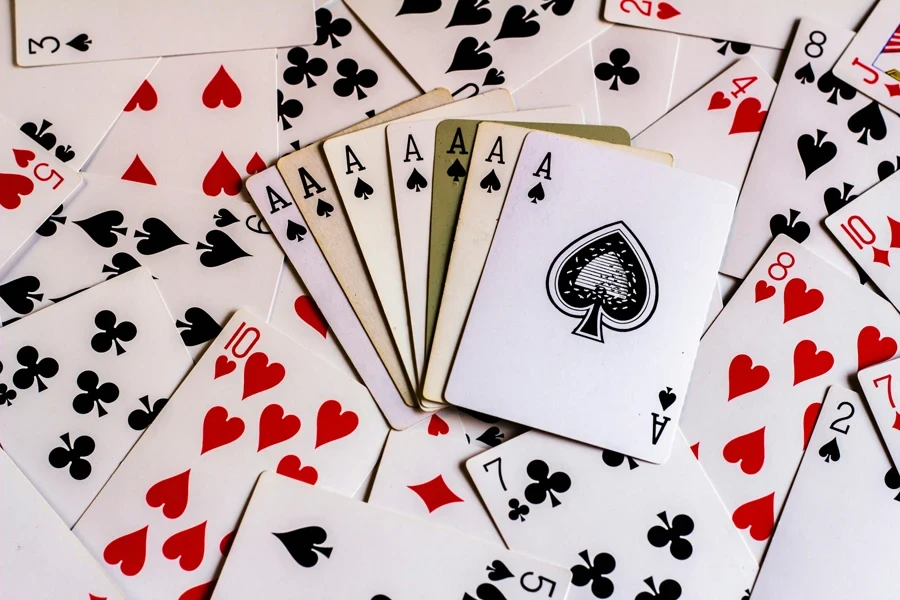
Best-selling models shaping consumer trends
Best-selling playing card models reveal evolving consumer trends, merging functionality, aesthetic appeal, and digital versatility. High-quality, anti-bend models continue to dominate in professional poker rooms and casinos, crafted from durable plastic or pasteboard to endure intense handling and frequent shuffling. This robustness meets the needs of serious players who value reliability and ensures a refined look suited to competitive play.
With the rise of multi-use cards, the industry now offers models compatible with both physical and digital formats. These versatile decks cater to players who switch between traditional and online gaming, enabling seamless experiences for eSports and casual online play. For instance, hybrid cards allow users to enjoy games in person, then continue with the same decks on digital platforms, appealing especially to tech-savvy audiences and competitive online gamers.
Collector’s editions and themed decks are also reshaping consumer preferences, becoming both a personal hobby and an investment. Specialty designs, from historical reproductions to pop culture-inspired collaborations, resonate strongly with enthusiasts who seek more than functionality in their decks. Limited editions, intricate artwork, and collaborations with artists or brands create a unique aesthetic and exclusivity, which drives collectors’ interest and enhances a deck’s long-term value. This trend reflects an appreciation for playing cards as a collectible art form, as well as a growing market for uniquely designed, high-quality products that satisfy both practical and artistic desires.
Altogether, best-selling models illustrate how the playing card market is expanding to meet diverse interests, bridging traditional play, digital gaming, and collectible art to appeal to a broad consumer base. This adaptability underscores the industry’s dynamic growth, catering to players who value innovation, functionality, and personalized style in their gaming experiences.
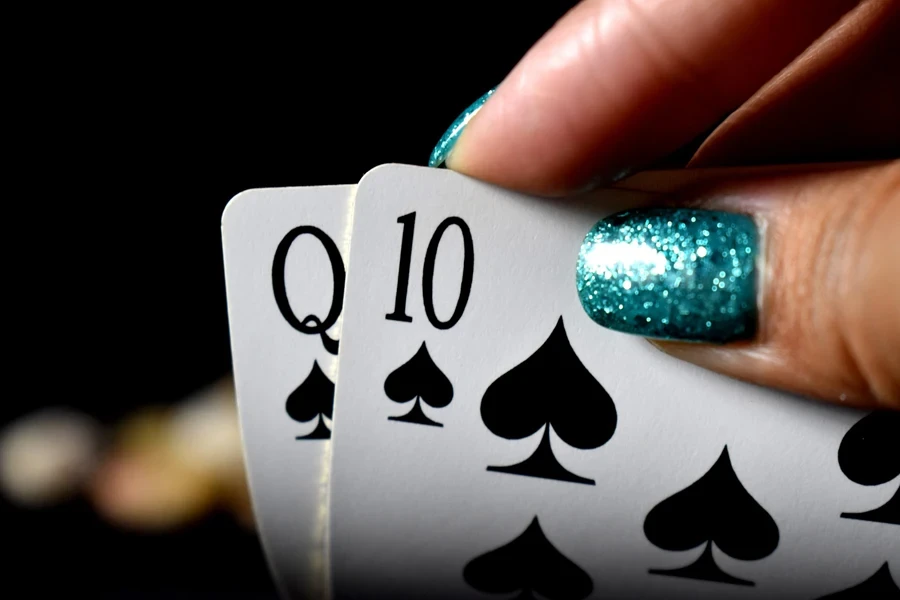
Conclusion
The playing card market remains dynamic, blending tradition with modern consumer trends. High-quality materials and anti-bend models ensure durability, making these cards popular in competitive and casual settings alike. Multi-use decks now allow seamless transitions between physical and digital platforms, appealing to tech-savvy players who enjoy hybrid gaming experiences. Specialty and collector’s editions, often featuring unique designs and limited releases, cater to enthusiasts who view cards as both art and investment. This adaptability highlights the market’s continued growth, meeting the evolving preferences of collectors and gamers alike.




